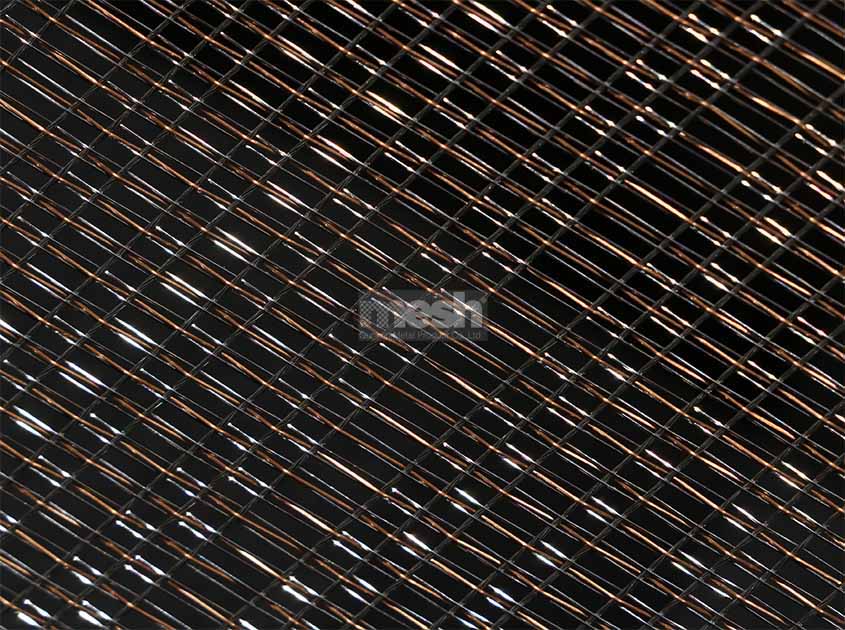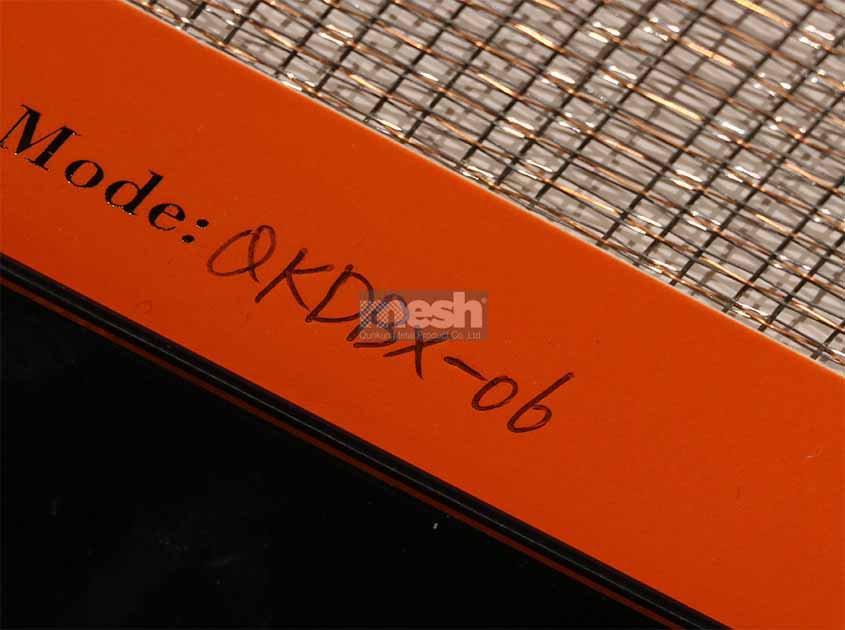-
About UsProductsCustomized SolutionProjectGalleryNews
Advancements in Textile Woven Mesh for Geotechnical Engineering Applications
Release time: September 01, 2023The application of textile woven mesh in civil engineering is becoming more and more important. It plays a key role in various geological and soil conditions, such as soil stabilization, soil protection and reinforcement of civil structures. This article will explore the progress of textile woven mesh in civil engineering applications and analyze its key role in improving engineering quality and sustainability.

Material and structural characteristics of textile woven mesh
Textile woven mesh is usually made of high-strength polymer or metal fibers for corrosion resistance, durability and sufficient strength. Its structure is usually grid-like, isotropic and adaptable, and can adapt to different soil conditions and engineering needs. These material and structural characteristics make textile woven mesh an ideal choice in civil engineering.

Application of textile woven mesh in civil engineering
Textile woven mesh is widely used in civil engineering. It can be used in soil reinforcement to support civil structures and infrastructure by increasing the strength and stability of the soil mass. In addition, textile woven mesh can also be used for soil protection, preventing erosion and soil loss, and protecting the environment and ecosystem. It can also be used in the reinforcement and repair of civil structures to improve the stability and bearing capacity of structures.
The future development trend of textile woven mesh
The application of textile woven mesh in civil engineering is still evolving. Future development trends include further research and development of high-performance materials, improving the durability and sustainability of textile woven mesh, and developing more innovative application areas. Through continuous research and innovation, textile woven mesh will play a more important role in civil engineering, providing more reliable and sustainable solutions for engineering construction.
Recommended News





